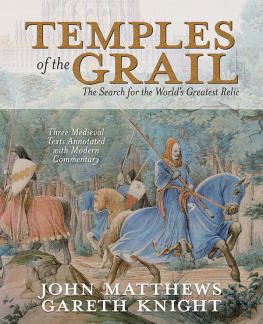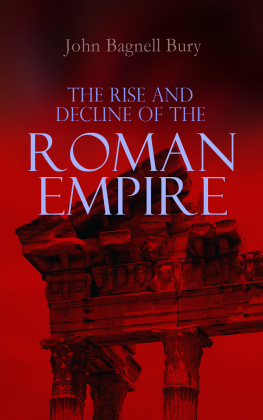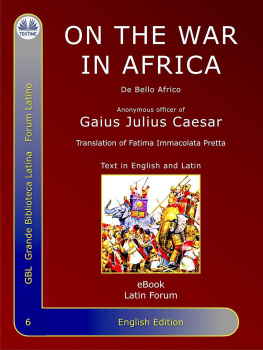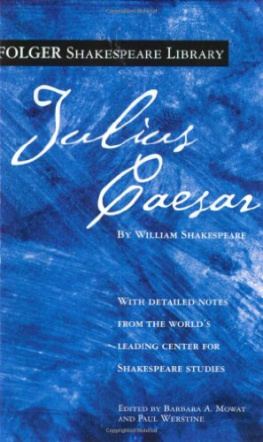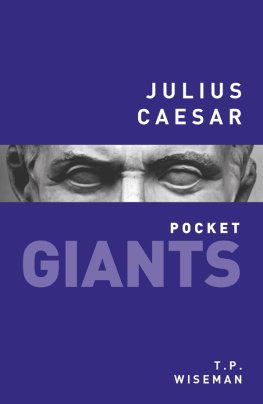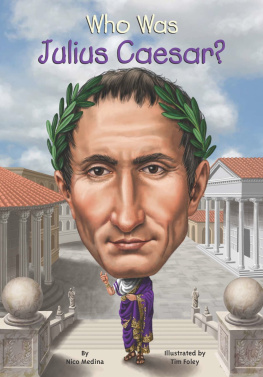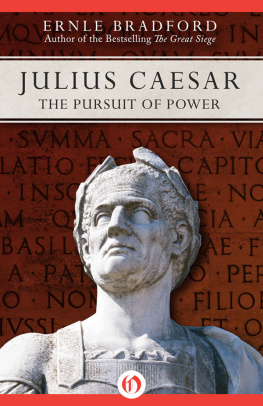Table of Contents
List of Illustrations
- Chapter 2
- Chapter 7
- Chapter 15
- Chapter 21
- Chapter 23
- Chapter 28
- Chapter 38
- Chapter 54
- Chapter 60
- Chapter 64
Guide
Pages
VOLUME II
SELECT ANTHOLOGY
Empire of the Romans
From Julius Caesar to Justinian:
Six Hundred Years of Peace and War
Edited by
JOHN MATTHEWS

This edition first published 2021
2021 John Wiley & Sons Ltd
All rights reserved. No part of this publication may be reproduced, stored in a retrieval system, or transmitted, in any form or by any means, electronic, mechanical, photocopying, recording or otherwise, except as permitted by law. Advice on how to obtain permission to reuse material from this title is available at http://www.wiley.com/go/permissions.
The right of John Matthews to be identified as the author of the editorial material in this work has been asserted in accordance with law.
Registered Office(s)
John Wiley & Sons, Inc., 111 River Street, Hoboken, NJ 07030, USA
John Wiley & Sons Ltd, The Atrium, Southern Gate, Chichester, West Sussex, PO19 8SQ, UK
Editorial Office
111 River Street, Hoboken, NJ 07030, USA
For details of our global editorial offices, customer services, and more information about Wiley products visit us at www.wiley.com.
Wiley also publishes its books in a variety of electronic formats and by printondemand. Some content that appears in standard print versions of this book may not be available in other formats.
Limit of Liability/Disclaimer of Warranty
While the publisher and authors have used their best efforts in preparing this work, they make no representations or warranties with respect to the accuracy or completeness of the contents of this work and specifically disclaim all warranties, including without limitation any implied warranties of merchantability or fitness for a particular purpose. No warranty may be created or extended by sales representatives, written sales materials or promotional statements for this work. The fact that an organization, website, or product is referred to in this work as a citation and/or potential source of further information does not mean that the publisher and authors endorse the information or services the organization, website, or product may provide or recommendations it may make. This work is sold with the understanding that the publisher is not engaged in rendering professional services. The advice and strategies contained herein may not be suitable for your situation. You should consult with a specialist where appropriate. Further, readers should be aware that websites listed in this work may have changed or disappeared between when this work was written and when it is read. Neither the publisher nor authors shall be liable for any loss of profit or any other commercial damages, including but not limited to special, incidental, consequential, or other damages.
Library of Congress CataloginginPublication Data
Name: Matthews, John (John Frederick), author.
Title: Empire of the Romans : from Julius Caesar to Justinian: six hundred years of peace and war / John Matthews.
Other titles: From Julius Caesar to Justinian: six hundred years of peace and war
Description: Hoboken, NJ : WileyBlackwell, 2020. | Includes bibliographical references and index.
Identifiers: LCCN 2020026857 (print) | LCCN 2020026858 (ebook) | ISBN 9781444334562 (v.1 ; paperback) | ISBN 9781444334586 (v.2 ; paperback) | ISBN 9781119481546 (v.2 ; adobe pdf) | ISBN 9781119481560 (v.2 ; epub) | ISBN 9781119610311 (v.1 ; adobe pdf) | ISBN 9781119610359 (v.1 ; epub)
Subjects: LCSH: RomeHistoryEmpire, 30 B.C.284 A.D. | RomeCivilization. | RomeHistoryEmpire, 30 B.C.284 A.D.Sources. | RomeCivilizationSources.
Classification: LCC DG270 .M364 2020 (print) | LCC DG270 (ebook) | DDC 937/.06dc23
LC record available at https://lccn.loc.gov/2020026857
LC ebook record available at https://lccn.loc.gov/2020026858
Cover Design: Wiley
Cover Image: earleliason/Getty Images
Preface
This book is an anthology of authors and texts that have attracted my interest over many years of studying and teaching the history of the Roman empire. I am sure that I speak for my colleagues in saying that I have always enjoyed working with the ancient texts, and have most enjoyed the modern literature when it keeps them in view. The Greeks and Romans have much in common with us, including large parts of our linguistic and moral landscape, but they are also different, and an understanding of what peoples and individuals whose languages we can read have in common and what they do not, is an essential part of how we deal with the world, and a good reason to study history. How can people whose words we understand behave so differently? And I have realized all the more strongly as the years have gone by, that however well I seemed to know them, even the most familiar texts have the habit of turning up something I had not noticed before. As for the less familiar, and some that I first engaged with in preparing this anthology, I have been overawed by what was new to me. There is so much that one does not know, and life is the better for that.
I have called the book an anthology, a selection of texts made according to personal taste and judgment, rather than a sourcebook on the Roman empire, and this is an important distinction. I think of a sourcebook as a collection of at least the most representative texts necessary to the study of a chosen subject the family, the activities and status of women, religions and religious practice, the conduct of government, the Roman army and military policy, early Byzantium; even, in a deservedly widely known case, the history of Rome and its civilization in general: I give a selection in the Bibliography at the end of this book. I have appreciated such books, have used them widely and have been grateful to them. They can be extremely informative, both of their subjects and the techniques by which they are studied, but their purpose is different from mine.
The primary material available to historians of the ancient world pales in comparison with what confronts their modern historian colleagues, but there is still a lot of it. A (fairly) recent article tallies 24,782 published papyri from the first to sixth centuries CE with a further 9,448 falling outside that range. The number of extant Greek and Latin inscriptions from the time of the Roman empire falls into the many hundreds of thousands, while the shelves of a wellresourced Classical library will reveal the scale and variety of the literary and documentary texts, and the sheer volume of archaeological research, that are available to us. Yet the incompleteness of the evidence is obvious. I have often reflected on the extent to which the techniques of the ancient historian seem to have evolved specifically to fill the gaps in the evidence by indirect argument, and by what is called, perhaps with a certain optimism, rational conjecture. There are few ancient texts that do not require this. Much material has been lost, but there remains a lot to read, and selection based on judgment is part of the essence of our subject. As we exercise our judgment, we should bear in mind that, more often than not, the selection has been made for us by earlier readers of the texts, who preserved them or allowed them to disappear without any regard for the reasons why we might want to possess them.
My late, admired senior colleague, Peter Brunt, used to lament in his gloomier moments, that the most the ancient historian could hope to achieve was the flickering illumination of a small, local subject, as if revealed by candles burning here and there in a dark hall, of which the greater part could not be seen. His friends would respond to him, that the topics to which he had devoted his working life were not exactly small or local (and that he had contributed as much as anyone to their understanding), and that things were not as bad as he said. The candles were brighter and shone a steadier light, the cavernous hall of which he spoke was not as dark as all that. Once ones eyes were used to it, one could see its shape and configuration, and the light of a candle might reveal sufficient detail in a part of it to encourage further investigation. In the end, the patches of light might join together and reveal something significant. And after all, one is not in it all by oneself; others are stumbling and have stumbled around as well, and ones predecessors have left records of what they found. No more than Rome itself, was the study of Rome built in a single day. It is not a hopeless task, and people do want to know about it.



